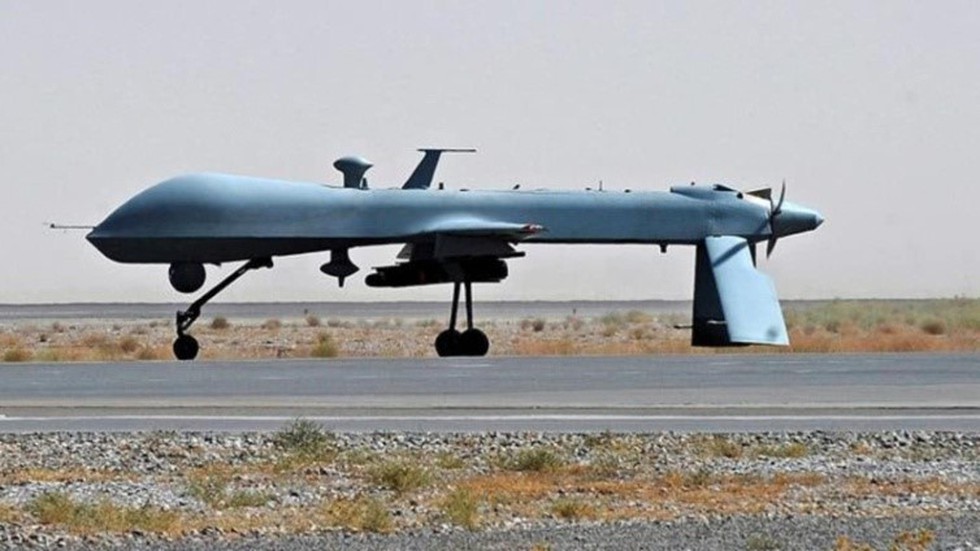
About MQ-9B Predator Drone:
- The MQ-9B drone is a variant of the MQ-9 "Reaper", an unmanned aerial vehicle (UAV) capable of remotely controlled or autonomous flight operations.
- These are high-altitude long-endurance drones armed with strike missiles which can take out enemy targets with high accuracy.
- It was developed by General Atomics Aeronautical Systems(GA-ASI), primarily for the United States Air Force (USAF).
- The MQ-9B has two variants — SkyGuardian and its sibling SeaGuardian.
- The Indian Navy has been operating the MQ-9B Sea Guardian since 2020.
- Features of MQ-9B SeaGuardian :
- It can carry up to 5,670 kg and has a fuel capacity of 2,721 kg.
- The drone can operate at over 40,000 feet.
- The Predator also has a maximum endurance of 40 hours, making it useful for long-hour surveillance.
- It can support land, maritime surveillance, anti-submarine warfare, anti-surface warfare, strike, electronic warfare and expeditionary roles.
- It is also capable of automatic take-offs and landings.
- It can safely integrate into civil airspace, enabling joint forces and civil authorities to deliver real-time situational awareness anywhere in the maritime domain -- day or night.
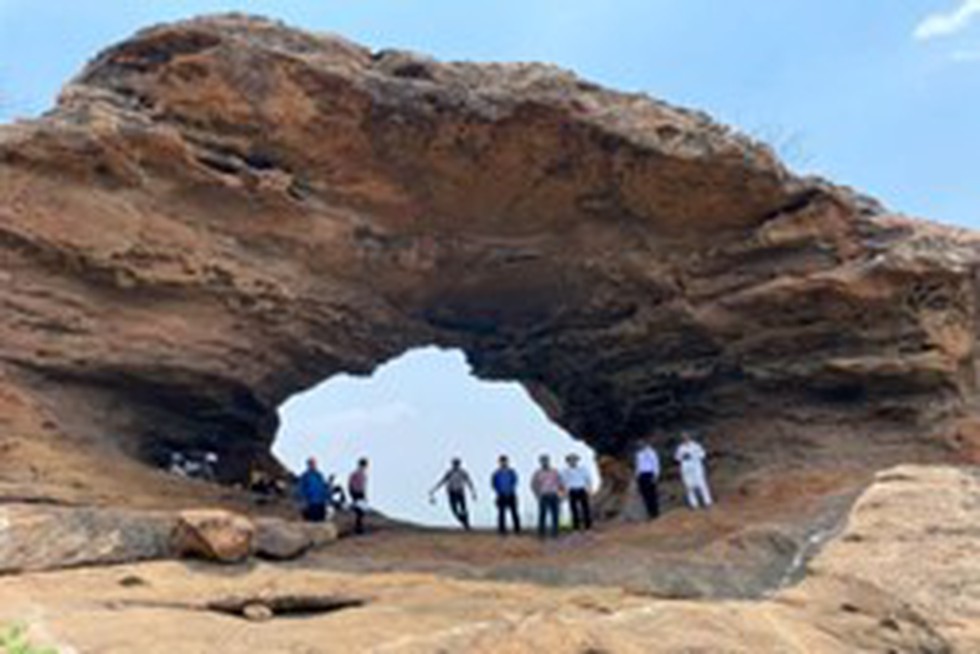
Why in News:
- The state unit of the Geological Survey of India (GSI) has proposed to declare the ‘Natural Arch’ in the Kanika range of Sundargarh forest division, a Geo Heritage Site.
- If it is done, it will be the biggest natural arch of the country to have the Geo Heritage tag.
- Apart from the arch at Sundargarh, India has two others- one at Tirumala hills in Tirupati and another at Andaman and Nicobar. However, both of them are smaller compared to the one in Sundargarh.
About India’s Biggest Natural Arch:
- The Sundargarh natural arch, present in the ferruginous sandstone of the Upper Kamthi formation, dates back to about 184 to 160 million years in the lower to middle Jurassic age.
- It is an oval-shaped arch and has a length of 30 metres at the base and is 12 metres high.
- The alcove of the natural arch has a maximum height and width of 7 metres and 15 metres, respectively.
- The natural arch and its surrounding area are a storehouse of different primary sedimentary structures like planner and cross-bedding along with occasional current ripples signifying high energy fluvial environment during sedimentation.
- Formation: Formation of the natural arch could be due to fault activities and the nature of lithotype, which have enhanced the process of sub-aerial weathering over a long period.
What are Geo Heritage Sites (GHSs)?
- Geoheritage sites are sites of rare and unique geological, geo-morphological, mineralogical, petrological, and paleontological significance, including caves and natural rock sculptures of national and international interest.
- GSI declares geo-heritage sites/ national geological monuments for protection and maintenance.
- GSI or the respective State governments take necessary measures to protect these sites.
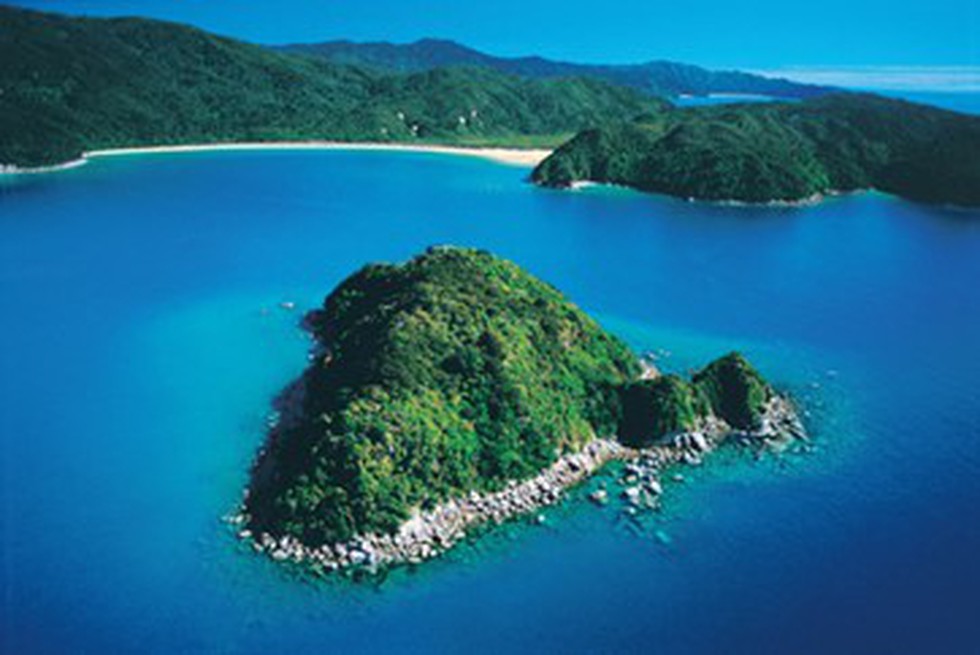
About Tonga:
- Tonga, officially the Kingdom of Tonga, also called Friendly Islands, is a country in the southwestern Pacific Ocean.
- It is an archipelago of more than 170 islands divided into three main island groups: Tongatapu in the south, Ha‘apai in the centre, and Vava‘u in the north.
- Out of these groups of islands, only 36 islands are inhabited.
- Tonga’s western islands are volcanic (four with active volcanoes) and sit well above sea level. Those to the east are coral and are more low-lying.
- Tonga has no direct neighbours. Nearby countries include Fiji to the west, the Cook Islands to the east and Samoa north.
- Capital: Nuku'alofa
- Population: It has a population of 100,000 inhabitants (in 2016). Almost two-thirds of Tonga's population live on the main island of Tongatapu, where also the capital city Nuku'alofa is located.
- Spoken Languages: Tongan and English (both official).
- Economy: Tonga has no strategic or mineral resources and relies on agriculture, fishing and the money sent home by Tongans living abroad.
- Political System: It is a constitutional monarchy.
- History:
- It is the only kingdom in the Pacific since Taufa'ahau (King George) in 1875 declared Tonga a constitutional monarch He also gave Tonga its first constitution.
- In 1970 the former British protectorate acquired its independence and became a sovereign nation, but remains an active member of the Commonwealth.
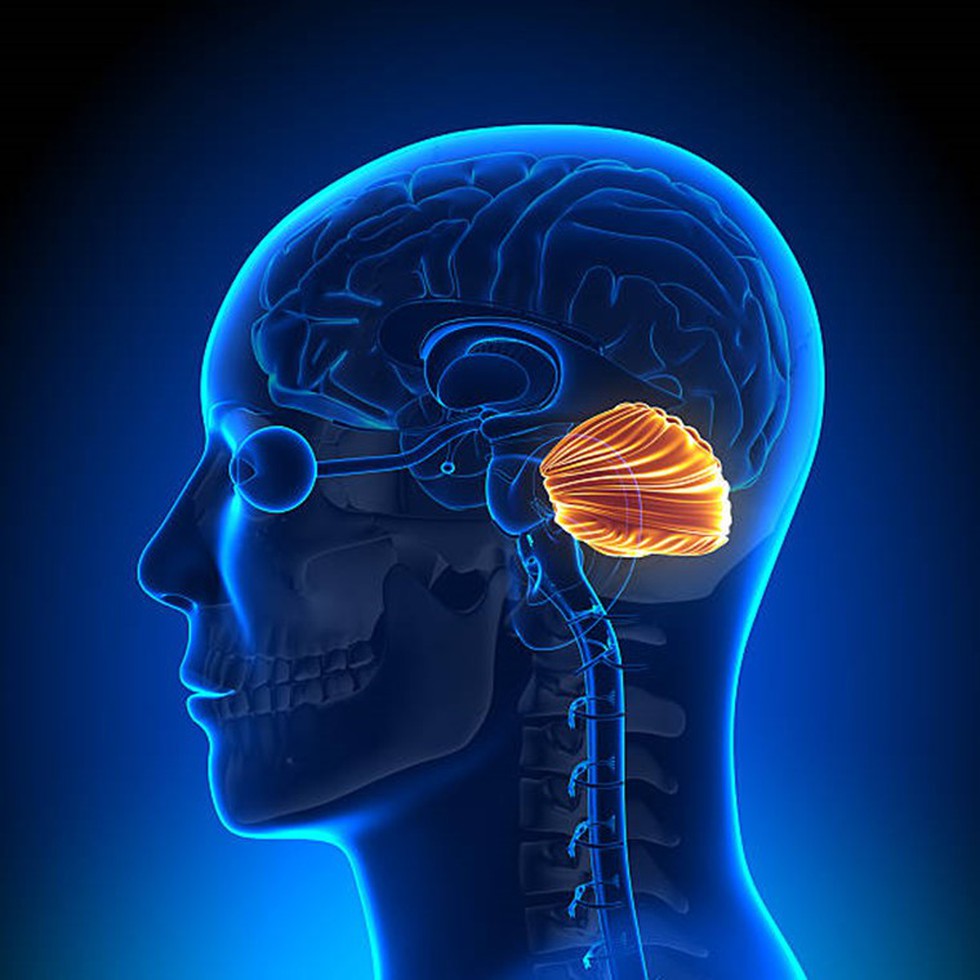
About Cerebellum:
- The cerebellum, which stands for “little brain”, is a structure of the central nervous system.
- Location: It is a part of your brain located at the back of your head, just above and behind, where your spinal cord connects to your brain itself.
- It only accounts for around10% of total brain weight but contains as many as 80% of all neurons in the brain.
- Functions:
- Maintaining balance: The cerebellum has special sensors that detect shifts in balance and movement. It sends signals for the body to adjust and move.
- Coordinating movement: Most body movements require the coordination of multiple muscle groups. The cerebellum times muscle actions so that the body can move smoothly.
- Vision: The cerebellum coordinates eye movements.
- Motor learning: The cerebellum helps the body to learn movements that require practice and fine-tuning. For example, the cerebellum plays a role in learning to ride a bicycle or play a musical instrument.
- Other functions: Researchers believe the cerebellum has some role in thinking, including processing language and mood.
What is Cerebrum?
- Cerebrum is the largest part of your brain and includes parts above and forward of the cerebellum.
- It receives and gives meaning to information from the sense organs and controls the body.
- It is also essential for memory, reasoning, communication, emotions, and many other functions.
- The cerebellum and brainstem sit below the cerebrum and work alongside it to control the voluntary actions in the body.

About Export-Import Bank of India (EXIM Bank):
- It is the premier export finance institution of the country.
- It was established by the Government of India, under the Export-Import Bank of India Act, 1981
- EXIM Bank wholly owned by the Government of India.
- Services:
- EXIM Bank provides financial assistance to exporters and importers.
- It extends Lines of Credit (LOCs) to overseas financial institutions, regional development banks, sovereign governments and other entities overseas, to enable buyers in those countries to import developmental and infrastructure projects, equipment, goods and services from India, on deferred credit terms.
- It functions as the principal financial institution for coordinating the work of institutions engaged in financing export and import of goods and services with a view to promoting the country's international trade.
- Structure:
- The operations of the Bank are governed by a Board of Directors.
- The Board of Directors consists of a chairman, a managing director, two deputy managing directors; one director each nominated by the Reserve Bank of India; IDBI Bank Ltd. and ECGC Ltd.; and not more than 12 directors nominated by the Central Government.
What is a Line of Credit (LoC)?
- It is a preset borrowing limit that can be tapped into at any time.
- All LOCs consist of a set amount of money that can be borrowedas needed, paid back, and borrowed again.
- The borrower can take money out as needed until the limit is reached.
- As money is repaid, it can be borrowed again in the case of an open line of credit.
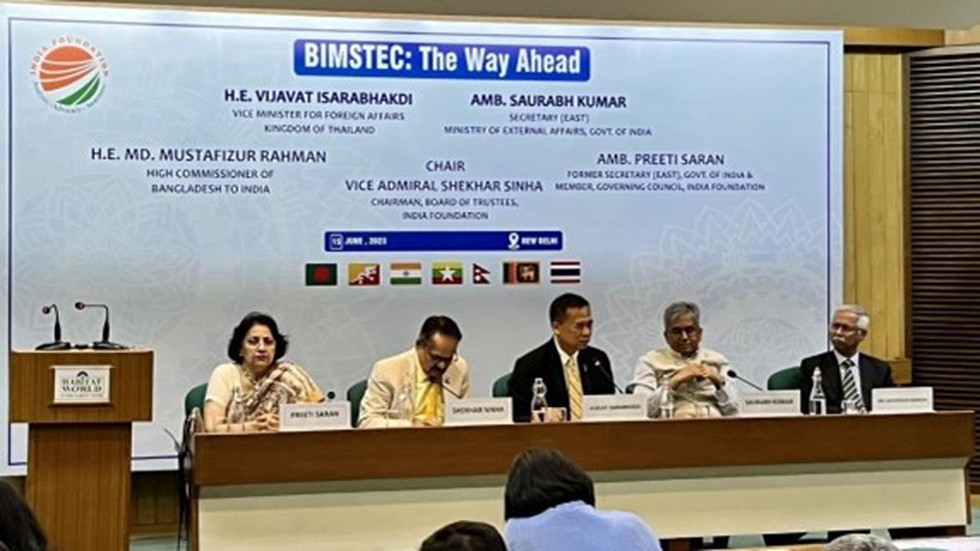
About Bangkok Vision 2030:
- Thailand presented “BIMSTEC Bangkok Vision 2030” aiming to build a Prosperous, Resilient, and Open (PRO) BIMSTEC by 2030.
- The Vision sets a clear direction and priorities as well as a goal for BIMSTEC collaboration to tackle challenges and seize opportunities for the coming decade.
- The document aims to further promote BIMSTEC as a region of peace, stability, and economic sustainability.
- The goals found in the vision are also in line with the United Nations’ Sustainable Development Goals and Thailand’s bio-circular-green economic model.
Key facts about BIMSTEC
- It is a regional organization that was established on 06 June 1997 with the signing of the Bangkok Declaration.
- Member countries:Bangladesh, India, Myanmar, Sri Lanka, Thailand, Bhutan and Nepal
- The Chairmanship of BIMSTEC rotates according to the alphabetical order of the English names of the Member States.
- During the Third BIMSTEC Summit, the Secretariat was established in Dhaka, Bangladesh.
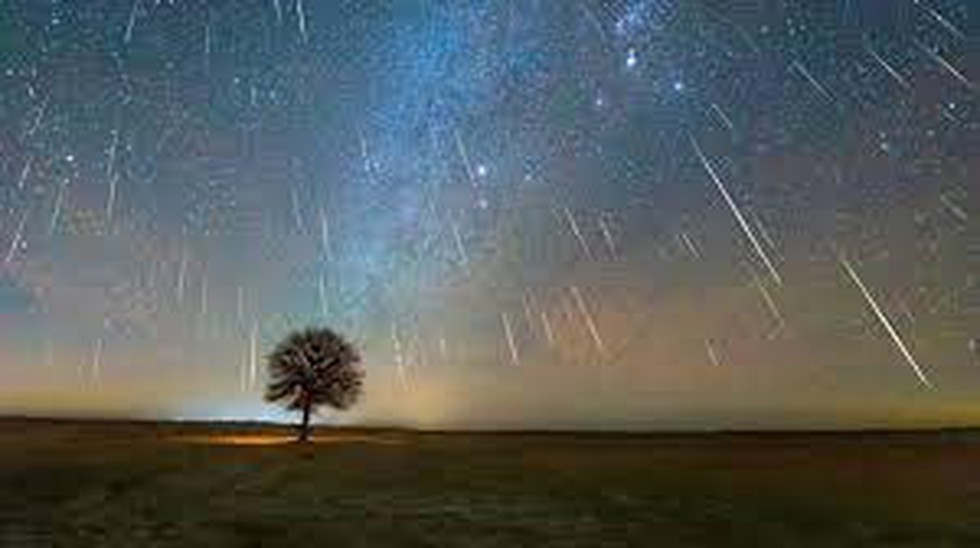
About the Geminid meteor shower:
- What it is? It peaks during mid-December each year and is considered to be one of the best and most reliable annual meteor showers.
- Unlike most meteor showers that originate from comets, the Geminid stream appears to originate from an asteroid known as 3200 Phaethon.
- New findings
- The new findings have perplexed scientists as asteroids are not typically influenced by the Sun's heat and should not leave behind a trail.
- Phaethon is an asteroid, but as it flies by the Sun, it seems to have some kind of temperature-driven activity.
- The Parker data indicates that a powerful event such as a high-speed collision or a gaseous explosion likely caused the creation of the Geminid stream.
Key facts about the 3200 Phaethon
- It is classified as an asteroid- the first to be discovered via satellite.
- It was discovered on Oct. 11, 1983, using the Infrared Astronomical Satellite, and named after the Greek myth of Phaethon, son of the sun god Helios, due to its close approach to Sun.
- It is blue in colour, which is rare for an asteroid.
- It orbits the sun every 524 days (1.43 years), coming as close as 0.14 astronomical units (AU) and reaching as far as 2.40 AU from the sun.
- Its orbit is highly elliptical. It completes a rotation on its axis every 3.60 hours.
- It is about 3 kilometres in diameter, making it larger than 99% of asteroids.
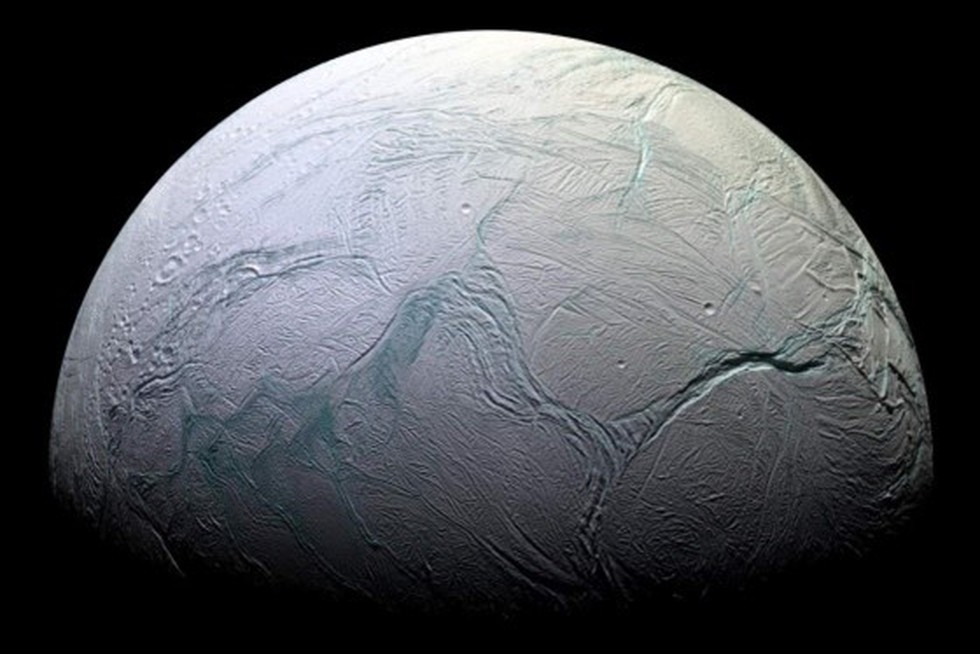
About Enceladus:
- It is the second nearest of the major regular moons of Saturn and the brightest of all its moons.
- It was discovered in 1789 by the English astronomer William Herschel and named for one of the Giants (Gigantes) of Greek mythology.
- It is an active moon that hides a global ocean of liquid salty water beneath its crust.
- Its icy surface is remarkably smooth in some places, and bright white all over and it is the most reflective body in the solar system.
Key facts about the Cassini spacecraft
- The mission was launched by NASA in 1997 and orbited Saturn from 2004 to 2017, circling the planet 294 times.
- It measured the structure of Saturn’s atmosphere and rings, as well as how they interact with the planet’s moons.
- It also discovered six named moons and revealed Enceladus and Titan as promising locations to search for extraterrestrial life.
Significance of phosphorous
- It is the fundamental unit of the structure of DNA and RNA.
- Also, it is a vital part of cell membranes and energy-carrying molecules existing in all forms of life on Earth.
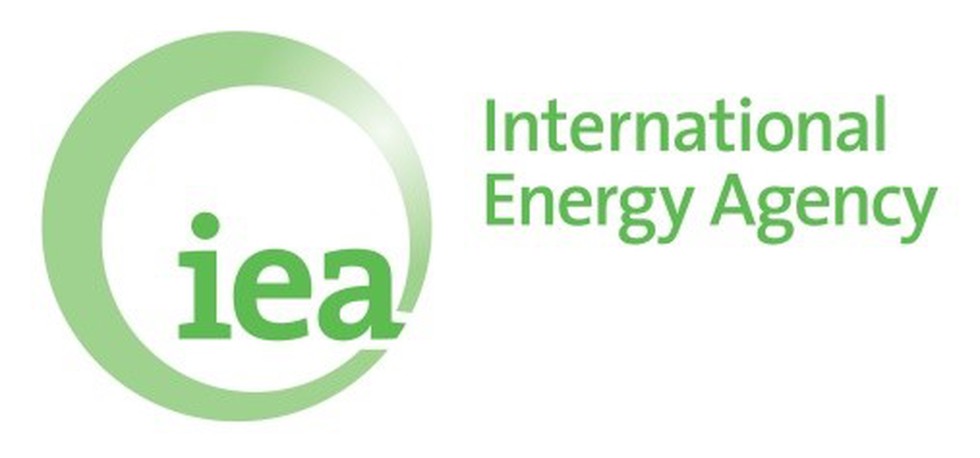
About International Energy Agency:
- It is an autonomous inter-governmental organisation within the OECD framework.
- It works with governments and industry to shape a secure and sustainable energy future for all.
- It was founded in 1974 to ensure the security of oil supplies.
- It was created in response to the 1973-1974 oil crisis when an oil embargo by major producers pushed prices to historic levels and exposed the vulnerability of industrialised countries to dependency on oil imports.
- It consists of 31 member countries and eleven association countries.
- A candidate country to the IEA must be a member country of the Organisation for Economic Co-operation and Development(OECD).
- Criteria for membership
- Crude oil and/or product reserves are equivalent to 90 days of the previous year’s net imports, to which the government has immediate access (even if it does not own them directly) and could be used to address disruptions to global oil supply.
- A demand restraint programme to reduce national oil consumption by up to 10%.
- Legislation and organisation to operate the Co-ordinated Emergency Response Measures (CERM) on a national basis.
- Legislation and measures to ensure that all oil companies under its jurisdiction report information upon request.
- Measures are in place to ensure the capability of contributing its share of an IEA collective action.
- India joined this organization in 2017 as an Associate member.
- Reports published by IEA: World Energy Outlook, World Energy Balances, Energy Technology Perspectives, World Energy Statistics and Net Zero by 2050.

About VAIBHAV fellowships Programme:
- The fellowship would be awarded to outstanding scientists/technologists of Indian origin (NRI/OCI/PIO) who are engaged in research activities in their respective countries.
- The VAIBHAV Fellow would identify an Indian Institution for collaboration and may spend up to two months in a year for a maximum of 3 years.
- Funding: The government offers the researchers an amount of INR 4,00,000 per month for the entire period.
- Aim: Improving the research ecosystem of India’s Higher Educational Institutions by facilitating academic and research collaborations between Indian Institutions and the best institutions in the world.
- This is done through the mobility of faculty/researchers from overseas institutions to India.
- Eligibility: Researchers from institutions featuring in the top 500 QS World University Rankings will be eligible for the fellowship.
- The applicant must have obtained Ph.D./M.D/M.S degree from a recognized University.
- The 75 selected fellows would be invited to work in 18 identified knowledge verticals including quantum technology, health, pharma, electronics, agriculture, energy, computer sciences, and material sciences amongst others.
- It is implemented by the Department of Science and Technology (DST), Ministry of Science and Technology.


.png)
.png)
.png)
























































































































































.png)
.png)
.png)
.png)
.png)


.png)
.png)
.png)





.png)
.png)






.png)
.png)
.png)
.png)
.png)
.png)
.png)
.png)
.png)

.png)







.png)
.png)


.png)
.png)
.png)


.png)

.png)
.png)





.jpg)

.png)
.png)


.png)

.png)
.png)
.png)

.jpg)

.jpg)


.png)

.png)
.png)
.png)
.png)
.png)
.png)
.png)
.png)
.png)
.png)




.png)

.png)





.png)
.png)
.png)
.png)
.png)
.png)
.png)
.png)
.png)
.png)
.jpg)
.jpg)

.png)
.png)
.png)
.png)
.png)
.png)
.png)
.png)
.png)
.png)
.png)
.png)
.png)
.png)
.png)
.png)
.png)
.png)
.png)



.png)
.png)

.jpg)
.jpg)


.jpg)
.jpg)
.jpg)
.jpg)
.jpg)

.jpg)








.jpg)
.jpg)
.jpg)
.jpg)
.jpg)

















.jpg)
.jpg)







.jpg)


















.jpg)
.jpg)






























































































.jpg)
.jpg)


























.jpg)

.jpg)










.jpg)








.jpg)




.jpg)










.jpg)


















.jpg)












































.jpg)














.jpg)
.jpg)
.jpg)





.jpg)

.jpg)
.jpg)





































































.jpg)


































.jpg)
.jpg)
















































.jpg)












.jpg)


.jpg)




.jpg)
.jpg)
.jpg)

.jpg)
.jpg)
.jpg)
.jpg)

.jpg)
.jpg)
.jpg)

.jpg)
.jpg)
.jpg)
.jpg)
.jpg)
.jpg)
.jpg)
.jpg)

.jpg)


.jpg)
.jpg)
.jpg)
.jpg)
.jpg)
.jpg)
.jpg)
.jpg)
.jpg)
.jpg)











.jpg)
.jpg)





.jpg)
.jpg)
.jpg)
























.jpg)
























.jpg)









.jpg)
.jpg)







.jpg)
.jpg)









































.jpg)
.jpg)
.jpg)
.jpg)
.jpg)

.jpg)
.jpg)
.jpg)
.jpg)
.jpg)


.jpg)
.jpg)
.jpg)
.jpg)
.jpg)

.jpg)
.jpg)
.jpg)
.jpg)
.jpg)
.jpg)
.jpg)
.jpg)
.jpg)
.jpg)
.png)

.png)
.png)

.png)
.png)
.png)
.png)


.jpg)
.jpg)

.jpg)
.jpg)
.jpg)

.png)
.png)
.png)
.png)
.png)
.png)
.png)

.png)
.png)
.png)
.png)
.png)
.png)
.png)
.png)
.png)
.png)





































































-min.png)



.png)




.png)








































